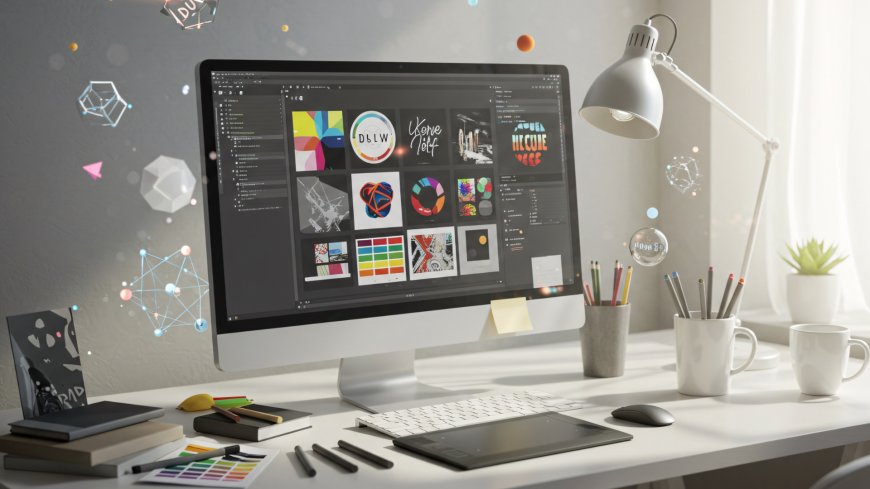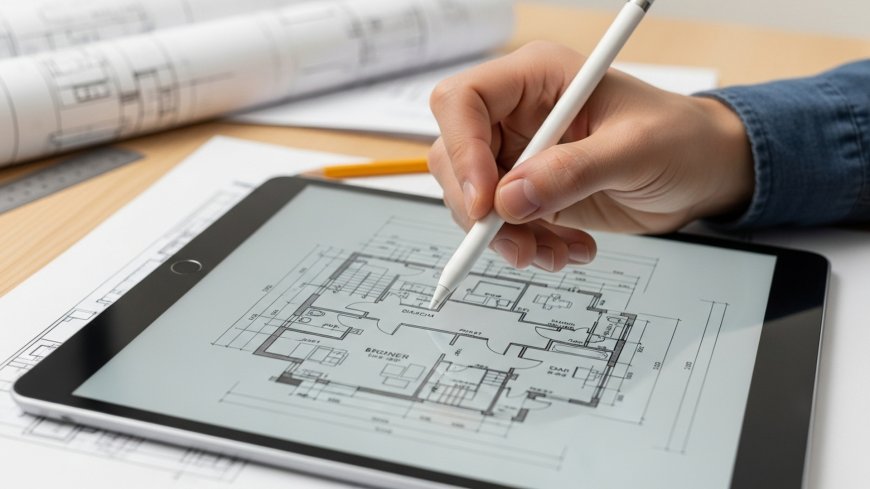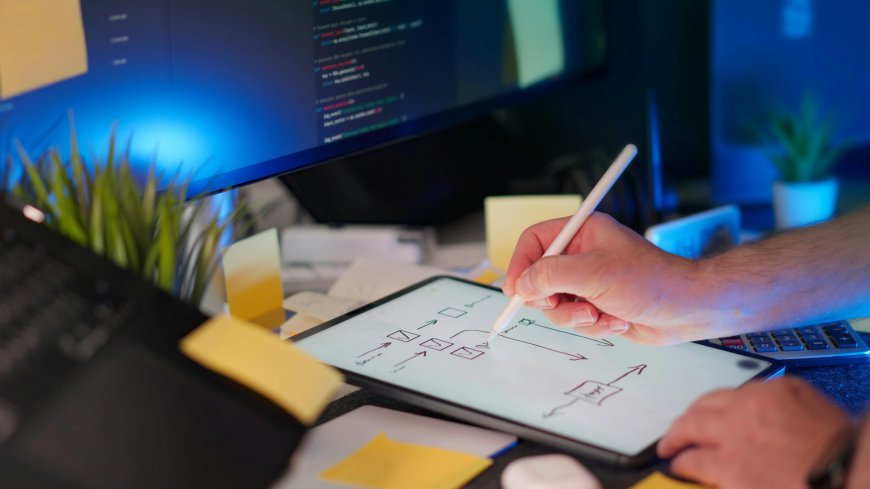The Future of Digital Design: Top Trends Shaping 2025 And Beyond
Explore the biggest digital design trends of 2025 — from AI and motion design to 3D, personalization, and ethical design. Discover what’s shaping the future.

The Future of Digital Design: Trends and What Will Shape 2025 and Beyond.
Designing in the digital world is not about making things look good anymore. It has already become an effective combination of psychology, technology, and narrative. Design is changing at a rate never seen before, going into 2025 and beyond. The future of creativity and technology exists in new tools, smarter AI, and changing behaviour of the users that work in tandem.
Let’s see the major trends that will characterize the following period of digital design- and why it is more than ever.

1. AI Becomes Your Cocreator, Not a Rival.
AI ceased being a hypothetical buzzword. It is turning into a reputable creative assistant. Such tools as Figma AI, Adobe Firefly, and Canva Magic Studio are changing the process of work process of designers. Designers no longer have to start with a blank screen to come up with concepts, color palettes, layouts, and even entire prototypes with a single prompt.
However, there is a twist: AI is not superseding designers. It’s elevating them.
By applying AI intelligently, the designers are able to work more rapidly, bigger, and produce more refined work within a shorter time.
Why this matters:
- Faster brainstorming
- Improved contact with clients.
- Higher-quality outputs
- Reduced repetitive work
- Designers will not be afraid of AI but will have its future.
2. Motion Design Goes Mainstream.

Permanent designs become less and less popular. Motion is everywhere, in 2025 and beyond, this will be on websites, applications, social media, advertisements, and even logos. Customers desire experiences, not photos.
Interactive and micro-animations, as well as smooth changes, make brands live. Even such trivial effects as a button bouncing slightly when hovering or a logo opening can enhance the interaction a lot.
Why motion matters:
- Boosts user attention
- Makes digital products luxurious.
- Improves storytelling
- Enhances brand personality
- Motion is not a nice-to-have anymore. It’s a brand differentiator.
3. Hyper-Personalized User Experiences.
The end user wants a digital experience that is custom-made. By being smarter and powered by AI, now the designers are able to build interfaces that learn to fit the behavior of each individual, as Netflix does when it suggests the ideal show to watch.
- The design of tomorrow will be more personal, relevant, and intuitive.
- The main examples of personalization:
- Home screens that are dynamic according to the user's habits.
- Individual product suggestions.
- Place-based UI modifications.
- Themes customized to the user's mood or preference.
4. Minimalism Converts into “Smart Minimalism”.

Minimalism is not fading away; it is becoming smarter. Rather than minimizing elements, smart minimalism is concerned with clarity, usability, and purpose. The future will be dominated by clean designs that lead the user without a problem.
- Cogitate less clutter, huge typography, significant white space, and deliberate color use.
- Smart minimalism focuses on:
- Fast load times
- Clear visual hierarchy
- Easy navigation
- Accessibility for all
Simple doesn’t mean boring. It means powerful.
5. 3D and Mixed Reality Go To Everyday Design.
With the improved graphics and rapid devices, 3D is becoming mainstream. Brands are developing more immersive experiences, such as 3D product previews, AR-based shopping, and more.
In the future, around 2025 and later, designers will combine 2D/3D/AR/VR to create digital worlds that are actually interactive.
Where 3D shines:
- E-commerce product demos
- Educational apps
- Gaming and entertainment
- Brand storytelling
This gives enormous creative room to designers who would like to shine.
6. Voice and Gesture-Based Interfaces Develop.
Users no longer interact with screens only. Voice and gesture controls are increasingly prevalent with smart speakers, smart TVs, AR glasses, and in-car systems.
It needs a new design thinking that transcends the visual sense and comprehends human behaviors at a broader level.
Examples include:
- Voice-based onboarding
- AR applications have gesture-driven UIs.
- Carmobile navigation without the use of hands.
- Smart home interfaces
- Multisensory design is the future of design.
7. Eco-friendly and Design Sustainability Becomes a Priority.

There is greater awareness, consciousness, and responsibility among the users. They want brands that care.
Designers are currently concerned with:
- Low-energy websites
- Dark mode optimization
- Responsible data usage
- Disabled friendly design.
- Ethical AI implementation
Sustainable design is not only environmentally friendly, but it is also user-friendly.
What's Your Reaction?
 Like
0
Like
0
 Dislike
0
Dislike
0
 Love
0
Love
0
 Funny
0
Funny
0
 Angry
0
Angry
0
 Sad
0
Sad
0
 Wow
0
Wow
0























































































































































































